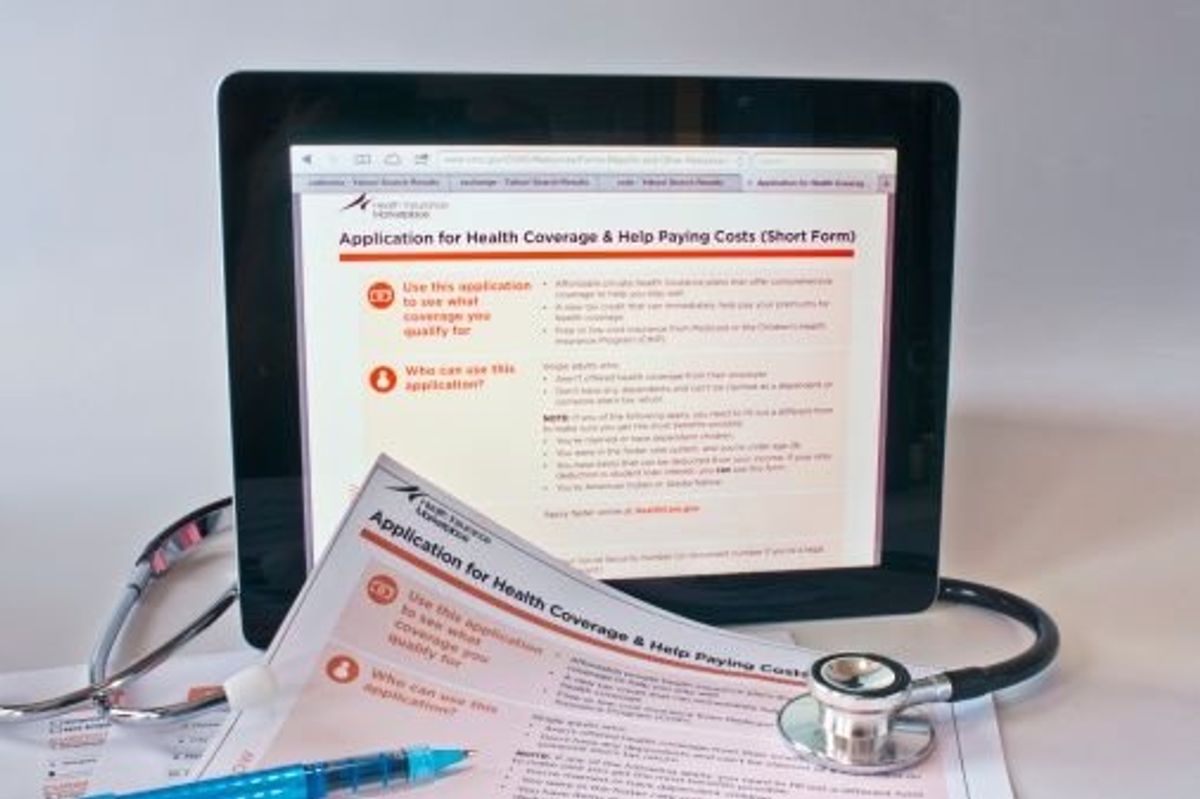Now that the deadline for the first round of insurance sign-up under the Affordable Care Act (ACA) has passed, let's take a step back and compare women's insurance costs under the ACA to what they would pay for preventive medical care out of pocket.
Insurance companies have long known that women use more medical services than men—and that's one reason they charged us more for decades. But, how much does the average woman spend on preventive services annually if she pays out of pocket, and what will those same services cost if she has insurance?
A recent analysis by NerdWallet Health shows that the value women will receive in health benefits with ACA-mandated coverage can be worth more than the cost of annual health insurance premiums. In other words, it's a good deal for the average woman.
Young people sometimes argue that it doesn't pay for them to buy insurance, and, in some cases, this is true, though it's always a gamble on good health. Many young people are willing to gamble that they won't get a major illness or have a serious accident, so they'd rather pay the everyday health costs and, possibly, carry catastrophic coverage for the unthinkable.
Some congressmen continue to push for an option that would allow young, healthy Americans to purchase plans that only provide catastrophic coverage.
I won't debate whether this works for the greater health system, but let's look at what that logic does for the average young woman.
For a 27-year-old woman with an income of $25,000, the cost of a silver (mid-level) insurance plan will be approximately $1,740 a year. The lowest-level bronze plan will cost about $1,116 a year, according to the NerdWallet Health analysis.
By comparison, an uninsured woman of that age would pay about $1,231 for the recommended preventive services and contraception, based on national averages. Preventive services include one well-woman visit, an HIV test and a Pap test. Women may find their health care provider recommends other preventive screenings or care, based on individual history, such as additional STD testing or needed vaccines. The $1,231 also does not include any visits to the doctor, walk-in clinic or hospital for illness or injury.
Given these calculations, many women will find that they will either break even or save money by buying the required health insurance and taking advantage of the mandated coverage of women's health services. Women's needs may differ, and costs vary depending on where she lives, but the bronze level of insurance may save even young, healthy women money for basic preventive health care. And, if she does find herself sick or pregnant or needing emergency health care, she will have insurance for that, too.
According to the NerdWallet Health study, most women do use preventive health services and take contraceptives: 62.2 percent of women of reproductive age use birth control, 66.7 percent get a yearly preventive care checkup, 81.8 percent receive recommended cervical cancer screening and 41 percent get tested for HIV.
As more women become insured, we at HealthyWomen hope that these numbers will increase as women take advantage of these covered services.






